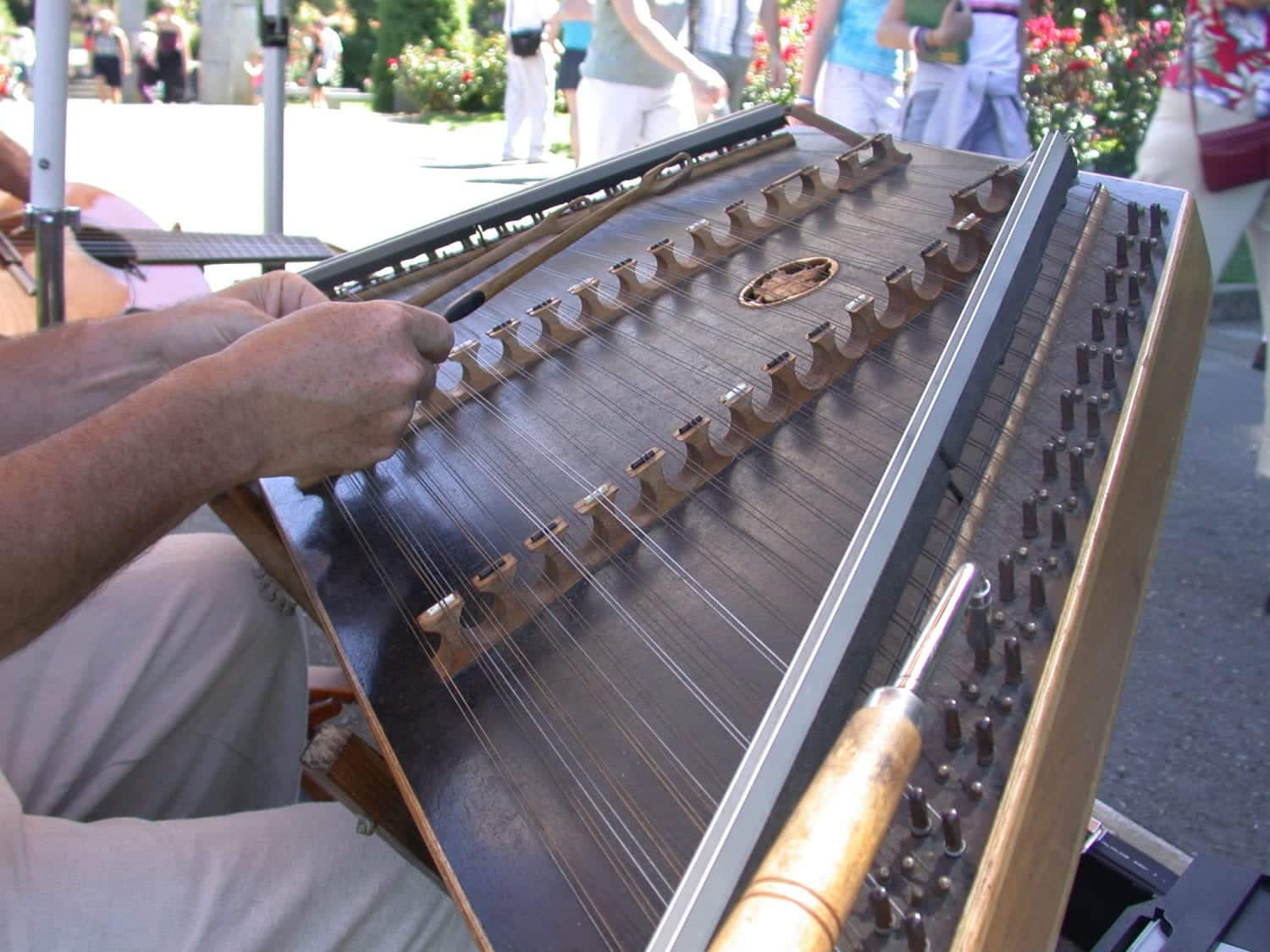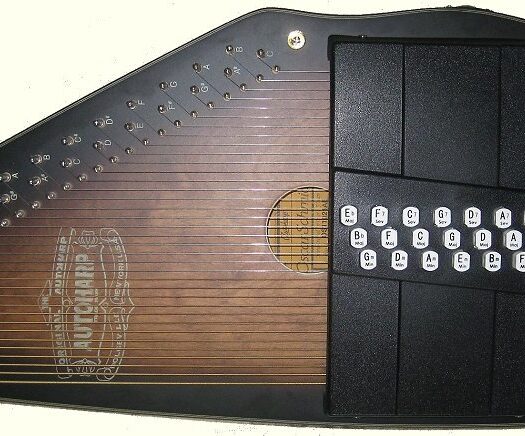To most modern-day musicians, the hammered dulcimer is a new and unfamiliar instrument. It’s a multi percussion-stringed instrument with a range of up to three octaves. Like mountain (or “Appalachian”) dulcimers, hammered dulcimers are known for their soft, sweet sounds.
In this article, we review some of the best hammered dulcimers currently available online.
How Do You Play a Hammered Dulcimer?
Musicians typically play this instrument with two light-weight beaters called hammers (mallets). Shaped like long-handled spoons, the hammers are used by the musician to strike the strings which creates sound. The musician typically plays the instrument while seated. Given the size and weight of the instrument, it is typically placed on a stand or table.
Hammered dulcimers typically consist of strings stretched over a rectangular or trapezoidal resonant sound board. The hammered dulcimer has two long bridges namely, a bass bridge near the right and a treble bridge on the left side.
There are usually 23 or more pairs of string stretched across these bridges in such a way that you can play notes by tapping each pair of strings (called a “course”) near the bridges. The bass bridge holds up bass strings, which are played to the left of the bridge.
The treble strings can be played on either side of the treble bridge. However, playing them on the left side gives a note, a fifth higher than playing them on the right of the bridge.
Product Reviews
Every dulcimer has its own unique sound depending on the brand and type, so choosing one that is ideal is essential for the playing you want to do. There are many considerations to keep in mind when choosing the best hammered dulcimer to play.
The following are a handful of key considerations:
- Quality of wood
- Shape of the dulcimer
- Ease of use
- High-quality tuners
- Soundboard
- Sustain (how long the notes ring after they are struck)
The hammered dulcimer products in review today are of three different and renowned brands. The dulcimers in review include the Rosewood Hammered Dulcimer from Roosebeck and Persian Hammered Santoor from SalaMuzik.
Roosebeck Double Strung Hammered Dulcimer
Features:
- 10 treble and 9 bass courses
- Construction: Indian Rosewood
- String material: brass, steel
- Accessories included: One pair of two-sided dulcimer hammers have a leather pad on one side. Both hammers are lacewood with rosewood trim inclusive of a tuning tool and drawstring bag.
Customer Reviews:
- “Tuning takes up some time but sounds great once tuned.“
- “Ideally crafted with the strings built into the body, allowing them to stay stronger for longer without needing a replacement right away.“
- “Beautifully built with rosewood and excellent quality“
- “Fast shipping and comes with an instruction manual for tuning the instrument.“
Persian Quality Santoor Dulcimer
Features:
- 10 treble and 9 bass courses
- Construction: Persian 9 bridge (kharak) Santoor, walnut wood
- String Material: brass, steel
- Accessories included: Hard case, two extra replacement strings, two hammers and a tuning wrench
Customer Reviews:
- “Has a distinctive sound, like a small harpsichord.“
- “Well-priced compared to the value that you get from other hammered dulcimers. Exceeded expectations for the price paid.“
- “The feel and look is of a good quality instrument.“
- “Tuning took a lot of time; the bridge must be adjusted to get the perfect octave on each side.“
- “The acoustic chamber sounds wonderful, almost like a giant cave in a very small space. No documentation provided along with the instrument.“
The Final Verdict
Hammered dulcimers provide a beautiful, calming sound and these are great choices to get started. All three dulcimers featured in this review are unique and fine quality instruments. But in the end it comes down to musician taste.
The Persian Walnut Wood Santoor and Roosebeck Hammered Dulcimer both have 10/9 bridges for treble and bass course respectively, whereas others can have 15/14 bridges for treble and bass course. 15/14 is a good, all-around size for most dulcimer music as it covers a range of 3 octaves whereas any other dulcimer with a size lower than 15/14 for example 12/11, 10/9, etc. covers only 2-1/2 octaves, also considered as a “student” dulcimer. Another important difference to be noted in the mentioned hammered dulcimers is the amount of sustain.
The Persian Santoor and Roosebeck Dulcimer are roughly equal in quality. However, the Persian Santoor manufacturer pledges a ‘lifetime warranty’ for the instruments it produces. Considering the cost of this model, this hammered dulcimer is a very good overall value.
We hope this helped with finding your perfect hammered dulcimer. Still need help selecting the right instrument? Our article on how to choose a hammered dulcimer which reviews some of the key considerations.






